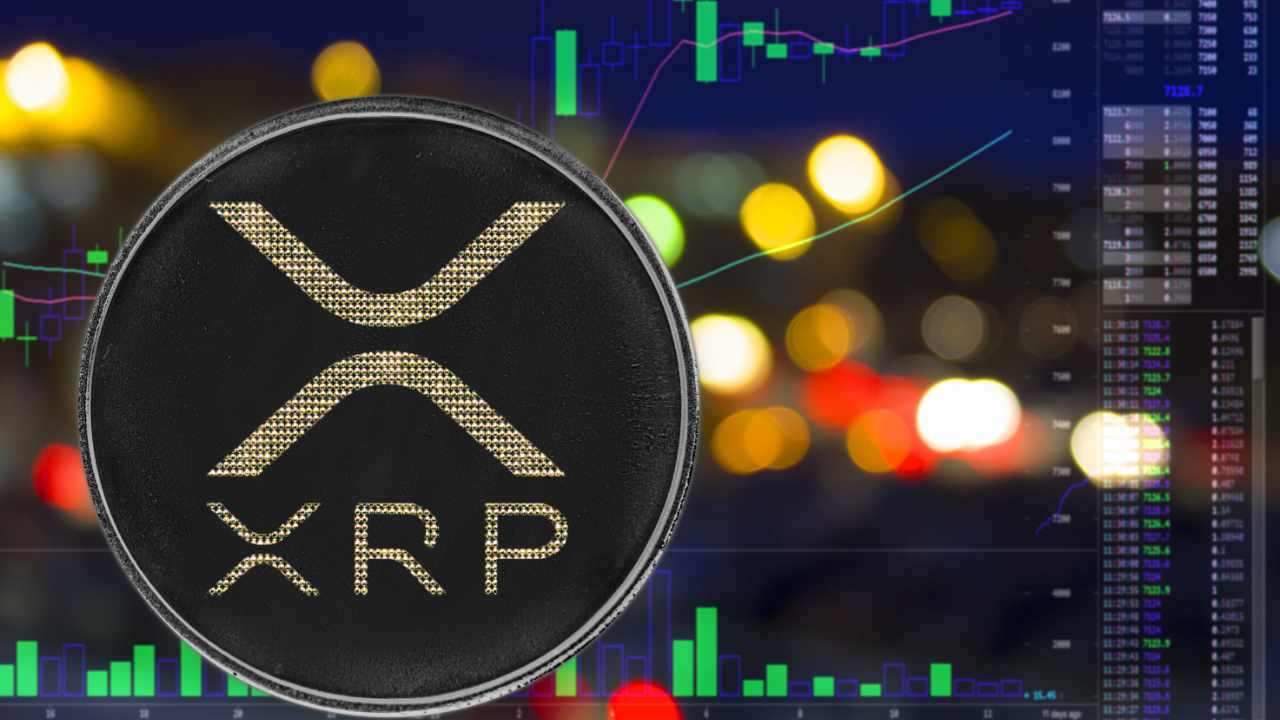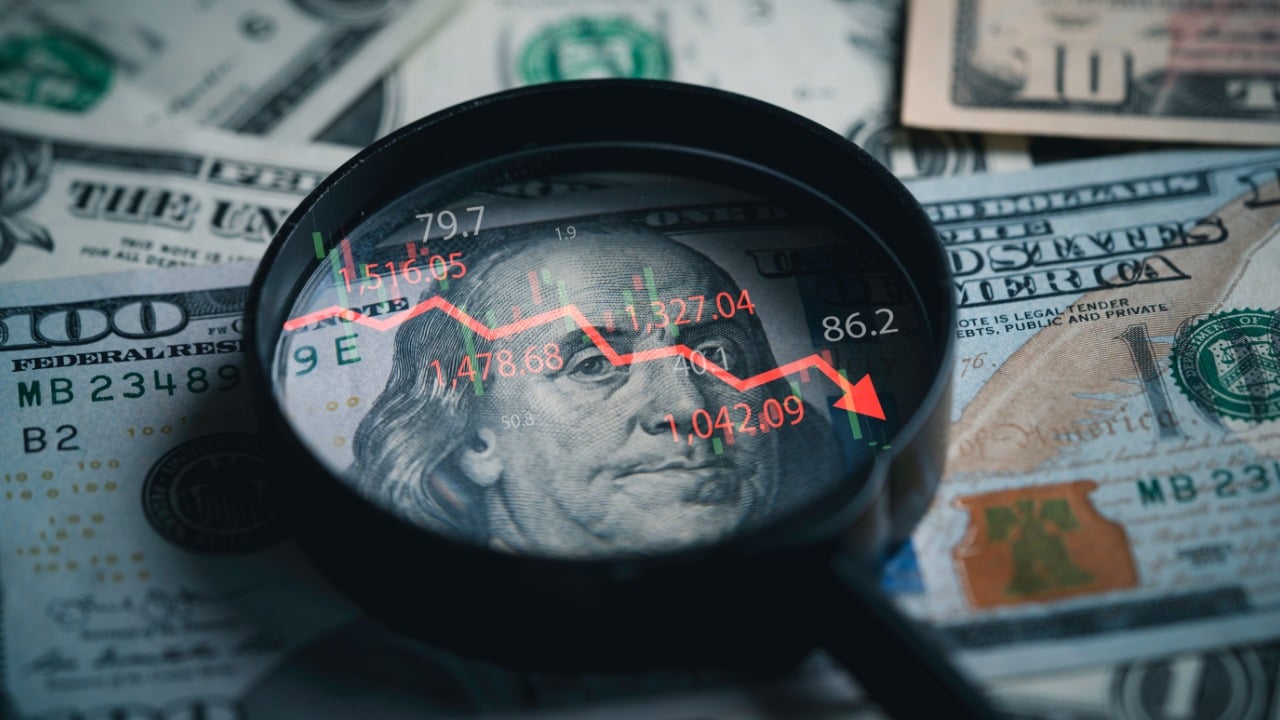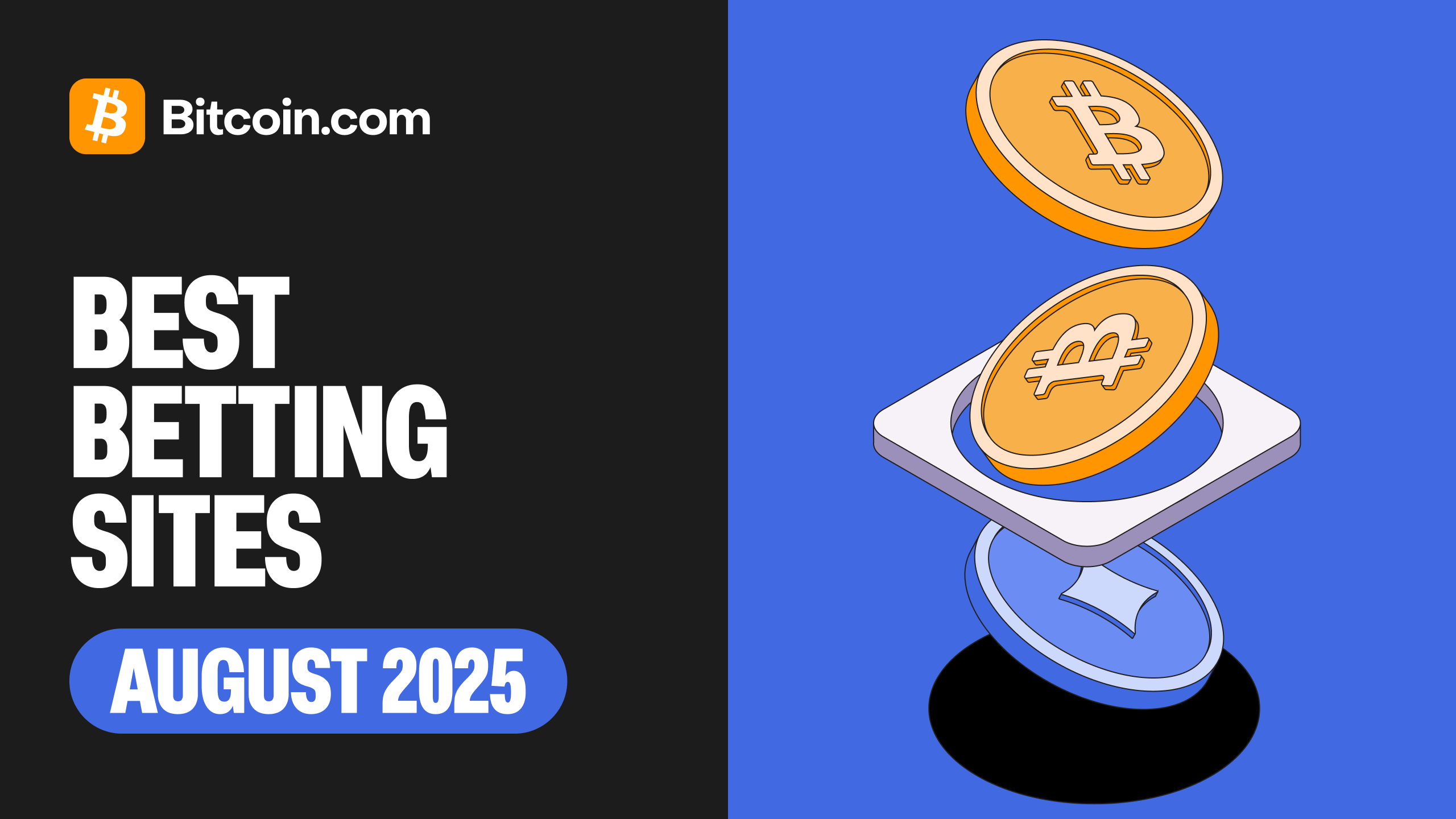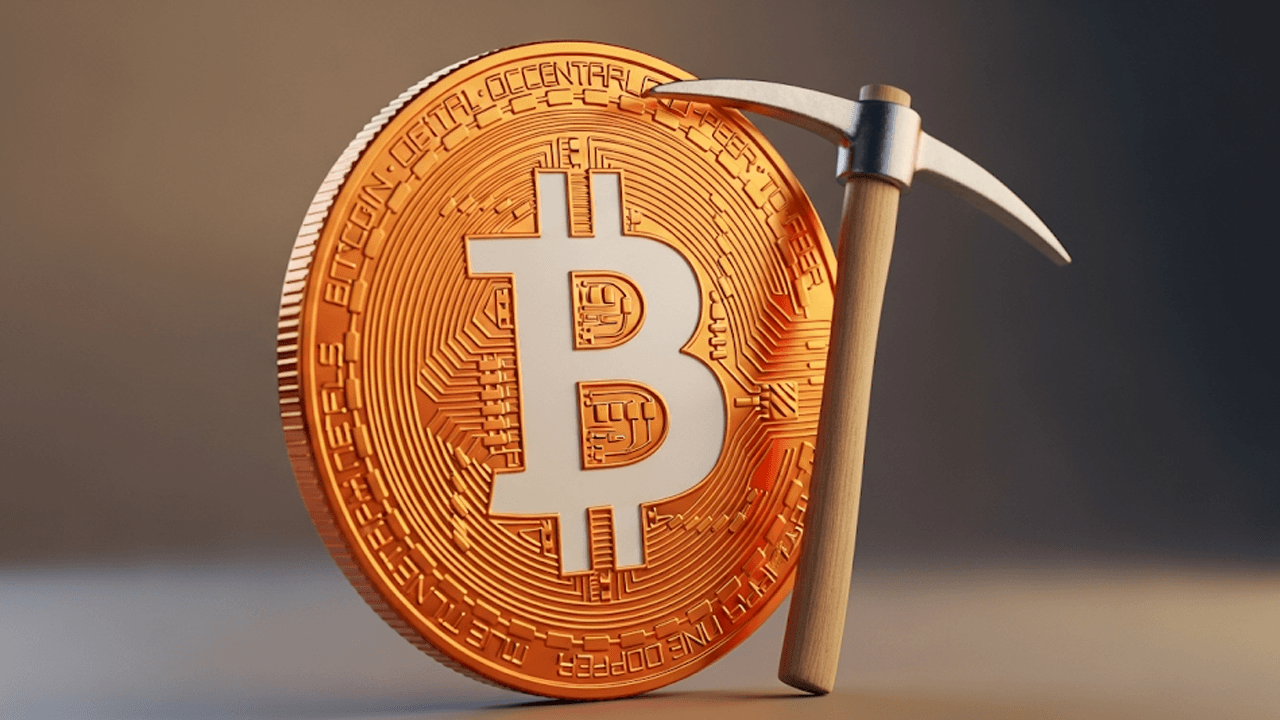The legal saga between Ripple Labs and the U.S. Securities and Exchange Commission (SEC) over the classification of XRP has been a defining moment for the cryptocurrency industry. The case, which began in December 2020, has drawn significant attention due to its potential to set a precedent for how digital assets are regulated in the United States. The recent developments in the case, including Judge Analisa Torres’ rejection of a joint settlement motion, have added another layer of complexity to an already intricate legal battle.
The core of the dispute revolves around whether XRP, the world’s sixth-largest cryptocurrency by market capitalization, should be classified as a security. The SEC alleges that Ripple’s sales of XRP, totaling over $1.3 billion, constituted unregistered securities offerings, violating federal law. Ripple, on the other hand, argues that XRP does not meet the criteria of the Howey Test, a legal framework used to determine what constitutes a security. The Howey Test, derived from a 1946 Supreme Court case, posits that an asset is a security if it involves an investment of money in a common enterprise with the expectation of profits primarily from the efforts of others.
In July 2023, Judge Torres issued a split decision that provided some clarity but also left room for further legal maneuvering. The judge ruled that institutional sales of XRP by Ripple did violate securities law, as these were deemed to be investment contracts. However, she also ruled that sales of XRP on public exchanges did not constitute securities transactions, as purchasers on these platforms were not relying on Ripple’s actions to drive profit. This distinction is crucial, as it means that XRP is not classified as a security when traded on public exchanges, a significant victory for Ripple and the broader crypto industry.
The recent rejection of the joint settlement motion by Judge Torres has added a new twist to the case. The motion, which sought to lower Ripple’s fine from $125 million to $50 million and dissolve an injunction restricting certain XRP activities, was denied on procedural grounds. Judge Torres cited Federal Rule of Civil Procedure 60, which requires “exceptional circumstances” to justify changing a court order. The parties involved failed to provide sufficient justification for the requested changes, leaving the original penalty and restrictions in place.
Despite this setback, Ripple has remained steadfast in its position, emphasizing that the recent ruling does not alter the core legal status of XRP. Chief Legal Officer Stuart Alderoty has reiterated that XRP’s legal clarity for retail trading remains intact, as the July 2023 decision established that XRP is not a security in public secondary markets. Ripple has indicated that it will refile the settlement motion in compliance with the necessary procedural requirements, demonstrating its commitment to resolving the case and providing long-term clarity for XRP and the crypto market.
The implications of the Ripple-SEC case extend beyond the immediate parties involved. The partial legal victory for XRP has set a precedent for how U.S. law treats crypto tokens, providing a framework for distinguishing between institutional sales and retail trading. This distinction is significant for major exchanges, funds, and investors, as it reduces their exposure to unpredictable SEC enforcement actions. The ruling also offers a legal basis for other crypto projects to argue that their digital coins should not be regulated as securities, provided they meet the criteria established by the court.
The case has also highlighted the importance of procedural compliance in legal proceedings. The rejection of the joint settlement motion serves as a reminder that even well-intentioned efforts to resolve disputes can be derailed by technicalities. For Ripple, the setback is temporary, as the company has the opportunity to refile the motion with the necessary justifications. However, the incident underscores the need for careful legal strategy and adherence to procedural rules in high-stakes litigation.
The broader crypto industry is closely watching the Ripple-SEC case, as its outcome could shape the regulatory landscape for digital assets. The SEC’s willingness to recognize XRP’s non-security status in secondary markets signals a potential shift in the agency’s approach to crypto regulation. However, the case also reveals the ongoing uncertainty and fragmentation in regulatory frameworks for digital assets. Congress and courts continue to debate and clarify the legal status of crypto tokens, leaving the industry in a state of flux.
Market reactions to the legal developments in the Ripple-SEC case have been volatile, reflecting the high stakes involved. The initial victory for XRP in July 2023 led to a surge in the token’s price, as investors welcomed the regulatory clarity. The recent rejection of the joint settlement motion, however, triggered a dip in XRP’s value, highlighting the market’s sensitivity to legal uncertainties. This volatility is a common theme in the crypto industry, where regulatory developments can have immediate and significant impacts on asset prices.
Looking ahead, the path forward for XRP and Ripple remains uncertain but promising. The company has the opportunity to refile the settlement motion and potentially secure a favorable outcome, providing long-term clarity for XRP and the broader crypto market. Ripple’s ability to navigate the legal landscape and advocate for its position has been a testament to its resilience and strategic approach. For the industry, the case serves as a reminder of the importance of legal clarity and the need for regulatory frameworks that balance innovation with investor protection.
In conclusion, the Ripple-SEC case has been a pivotal moment for the crypto industry, setting a precedent for the legal classification of digital assets. The recent developments, including the rejection of the joint settlement motion, have added complexity to the case but have not altered the core legal status of XRP. Ripple’s steadfast position and the SEC’s evolving stance signal a slow shift in the regulatory landscape, providing hope for a more balanced approach to crypto regulation. As the case continues to unfold, it will remain a critical reference point for investors, technologists, and legal observers, shaping the future of digital assets in the United States and beyond.





